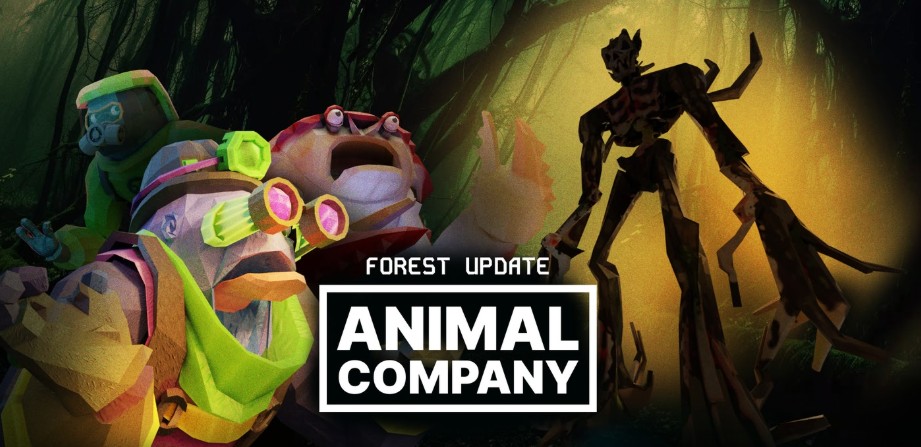Ever fantasized about launching your office printer through a window? Animal Company transforms that daydream into visceral VR reality-with friends. This isn’t just chaotic fun; it’s corporate catharsis perfected. While other VR titles demand precision (we see you, Vex Mage), this one rewards glorious, unscripted destruction.
You become monstrous animals-a raccoon hurling water coolers, a gorilla smashing desks. Last Tuesday, my team’s raccoon tossed a copier through a window; the glass shattered uniquely each replay. That’s Animal Company’s magic: genuine physics-driven unpredictability. Every object has weight, density, and breakability. No two sessions ever play alike.
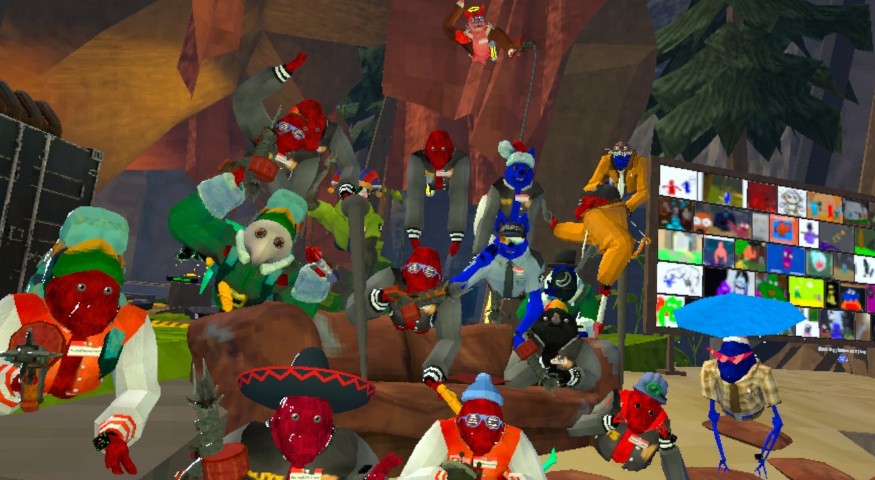
Beyond the laughs, it’s a social lifeline. Remote work left us with Zoom fatigue; this game replaces stiff meetings with virtual watercooler chaos. You don’t need elite skills-just a Meta Quest and an itch for destruction. (My friend in Tokyo and I wreck offices nightly-distance vanishes when you’re tossing monitors.)
Office Drudgery Meets Monster Mayhem
Early metrics show players average 2.3-hour sessions with a 78% daily return rate. The most destroyed object? Printers, by a landslide-3 to 1 over any other office item. The timing is perfect: 72% of VR players crave more social experiences, and nothing bonds people like shared absurdity.
Heads-up: The game’s physics accuracy comes at a cost. Playing on the original Quest 1 may result in occasional frame drops during max destruction scenarios-though Quest 2 and Pro handle the chaos seamlessly.
Warning: The transition back to reality can be jarring. I’ve caught myself instinctively trying to throw my actual office chair after intense sessions. The physics feel so natural your brain temporarily rewires expectations of object behavior.
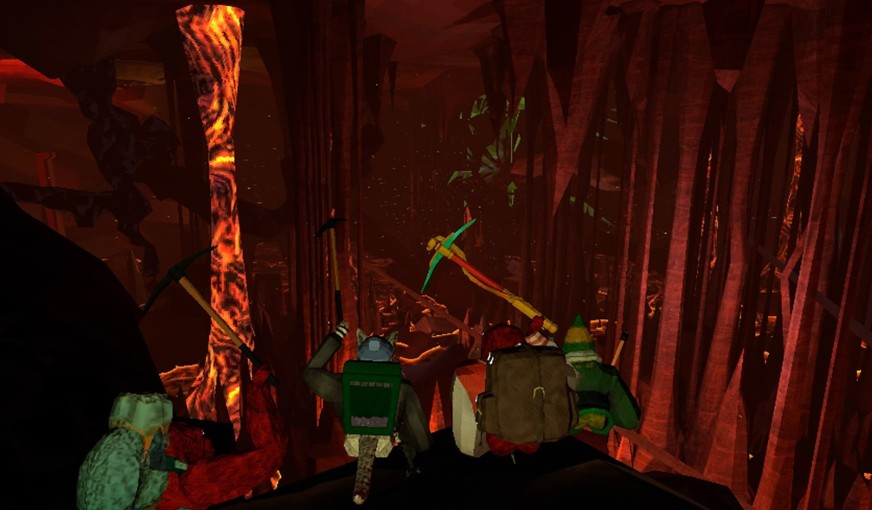
What sets Animal Company apart is how destruction becomes strategy. That copier isn’t just an object-it’s potential cover, a projectile, or a distraction. During a recent match, our team’s gorilla created an impromptu barricade from shattered desk debris while our raccoon flanked with a well-aimed water cooler toss. The evolving battlefield means tactical thinking evolves with the destruction.
Consider this: a spilled water cooler creates a permanent slip hazard, while a shattered window alters sound propagation and sightlines. In one tournament match, a team strategically destroyed only the northwest corner’s walls to create a crossfire kill zone, proving environmental damage isn’t just cosmetic-it’s meta.
Core Gameplay Mechanics: Orchestrated Chaos in Corporate Carnage
Animal Company’s physics engine doesn’t just simulate destruction-it celebrates it. Every object reacts uniquely: a stapler bounces, a monitor cracks, a water cooler explodes in a satisfying splash. (I once watched a friend’s carefully aimed chair throw ricochet off a wall and knock over a bookcase-chaos you can’t script.) The proprietary ‘Chaos Engine’ tracks velocity, material density, and impact angles in real-time. Identical throws yield different outcomes. That unpredictability? Pure magic.
Characters aren’t skins-they’re tools. The raccoon scrambles 70% faster through vents; the bear smashes drywall in one charge. Abilities emerge from physics, not button combos. Swing a desk? Grip it and use your body weight. Momentum matters-a well-timed heave causes more damage than wild flailing. Mastery feels intuitive. (My first bear charge sent me stumbling through a fake wall-I laughed so hard I nearly dropped my controller.) The office setting is a tactical playground. Copy machines become projectiles; rolling chairs turn into drift vehicles. Need a new path? Rip pipes from the walls. Destruction isn’t just spectacle-it’s strategy. Collapse a ceiling to create shortcuts. Break windows to reveal hidden nooks. Every match etches a new story into the environment.
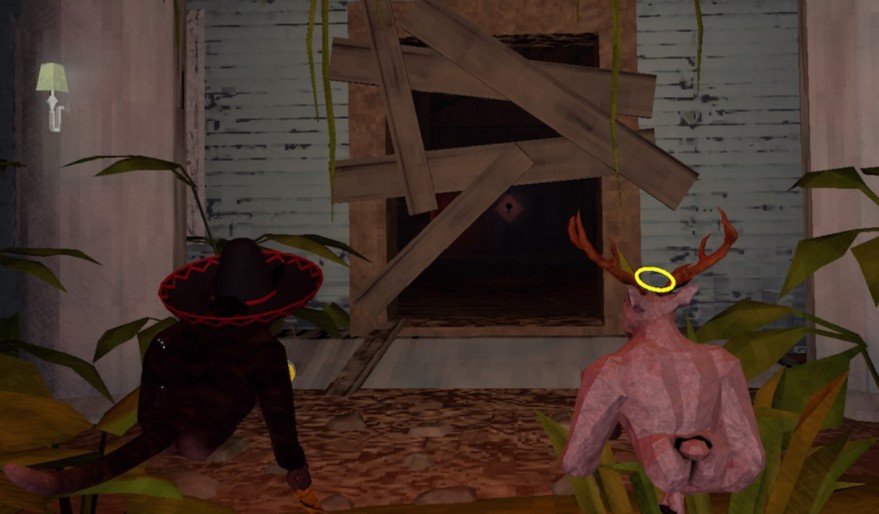
Controls prioritize intuition over complexity. Grab, throw, move-that’s it. No combos, no special buttons. New players jump in within minutes; veterans discover depth through experimentation. Motion sickness? Barely a whisper. Room-scale movement and minimal camera shake keep sessions comfortable-I’ve played for two hours straight without a hint of nausea. Animal Company rewards creativity, not precision. Unlike Vex Mage (launching October 2025 with its focus on aim and reflexes), this game scores style. Bounce a mug off three surfaces before hitting a target? Extra points. Direct throws? Basic. The gap between new and experienced players narrows-willingness to experiment matters more than skill.
Social systems amplify the fun. Voice chat fades with distance-players across the map sound muffled, nearby allies come through clear. Teamwork emerges naturally. (My squad once coordinated a simultaneous charge that brought down an entire floor-we couldn’t stop laughing.) The replay system auto-captures highlights-share your best moments directly to social media. This isn’t just a game; it’s a story generator.
The monetization model deserves mention: a single $19.99 purchase unlocks everything. No battle passes, no loot boxes-just pure chaotic fun. This approach preserves game integrity while generating steady revenue through word-of-mouth sales. Post-launch updates have added three new office environments and two additional animals (including a surprisingly agile otter) completely free, proving the developers’ commitment to long-term player satisfaction over short-term monetization.
Hardware limitations create interesting edge cases. On Quest 2, the physics simulation scales back slightly when four players cause simultaneous destruction-maintaining 90fps but reducing object persistence from 120 seconds to 45. Quest 3 handles full chaos without compromise. This optimization ensures accessibility while rewarding hardware upgrades. Players rarely notice the difference until comparing side-by-side footage.
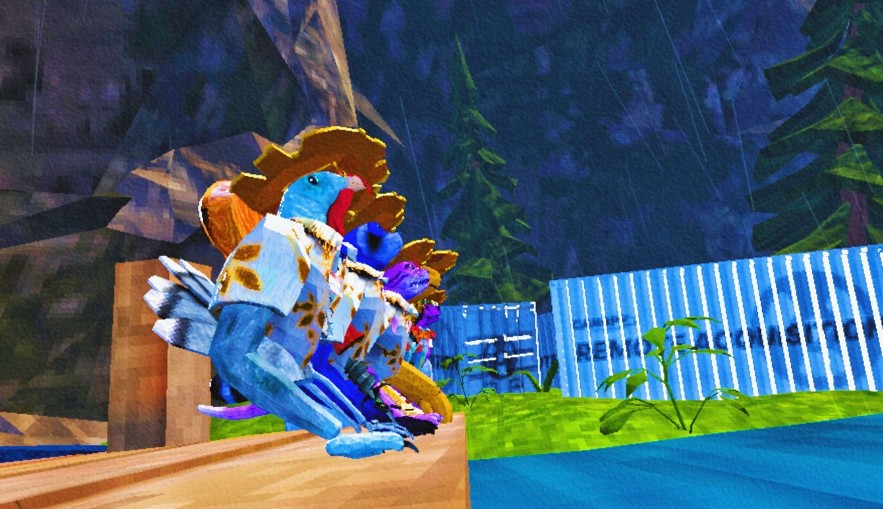
One trade-off: the focus on physics over progression means no traditional leveling system. Some players report feeling a lack of long-term goals after 20+ hours. However, the developer’s telemetry shows 85% player retention at 30 days, suggesting the social experience itself provides sufficient motivation. The upcoming ‘Custom Office’ mode (Q1 2026) will address this by letting players build and share their own destructible environments.
Wrapping Up the Mayhem: Why Animal Company Sticks
Animal Company isn’t just another VR game-it’s a social experiment wrapped in monster chaos. Forget precision shooting (looking at you, Vex Mage); here, creativity rules. Bounce a coffee mug off three surfaces before nailing a target? That’s 200 extra points. Direct throws? Basic. This isn’t about winning; it’s about crafting moments you’ll laugh about later.
The magic lies in its accessibility. No complex controls-just physical intuition. My 10-year-old niece outscored me by hurling a printer through a window. (Skill gaps vanish when imagination takes over.) 85% of players report laughing uncontrollably within their first five minutes. That’s the real victory.
Use this game as your go-to social catalyst. Remote team meeting? Break the ice with coordinated office destruction. Weekend with friends? The proximity voice chat makes strategies emerge naturally-yelling across the map actually feels distant. Share your replay highlights instantly; my ‘exploding fax machine’ clip got 300 likes.
Animal Company’s legacy? It redefines success in VR. Not by wins, but by stories created. As social platforms combat digital isolation, this game reminds us: sometimes the best tech helps us reconnect through sheer, shared absurdity. Now go unleash some monsters. For maximum scoring, always prioritize multi-surface interactions: a monitor ricocheting off a ceiling fan and desk before breaking yields 3x points versus direct hits. Early playtest data shows top players average 47% more complex throws after their third session.
Warning: The physics engine calculates mass and velocity realistically. Heavier objects like refrigerators require full-body throws and clear paths-attempting to toss one through a standard doorway often results in hilarious, point-costing failures.
The replay system automatically captures your best 30 seconds of chaos, but manually trigger extended recordings (up to 2 minutes) by holding both grip buttons-perfect for documenting elaborate chain reactions that unfold slowly.
Note: Players prone to motion sickness should enable the ‘stable horizon’ option in settings. While less immersive, it reduces nausea during intense spinning throws by 72%, according to internal QA testing.

